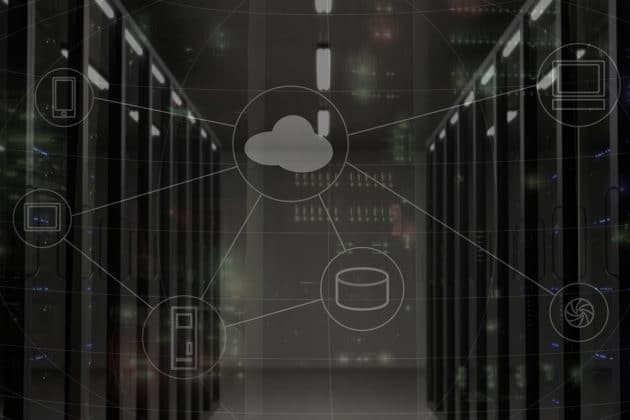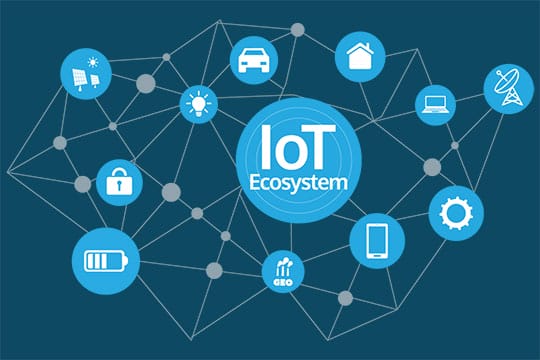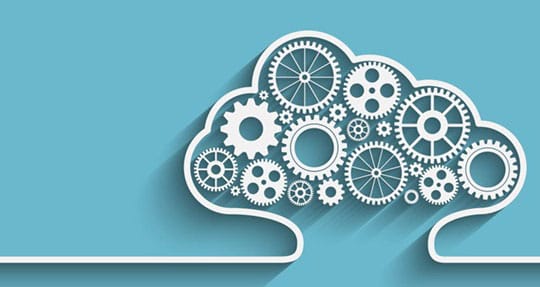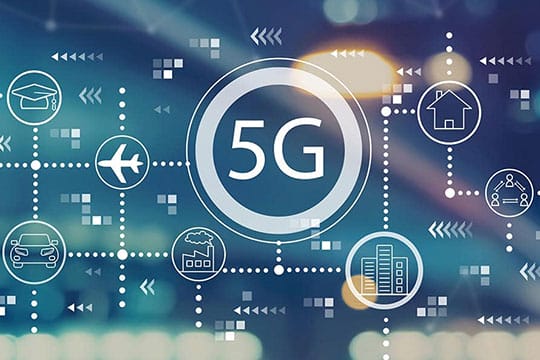If we notice, the current software development landscape has changed dramatically over the past few years due to the rise of new technologies and trends. As new software technologies emerge, they create opportunities for automating processes and improving product quality while simultaneously reducing the time required to get a product to market. In 2021 and early 2022, new software technology trends will again shift how startups operate. Here are the 15 leading software technology trends for startups that you need to be aware of in order to stay ahead of the curve.
1. The non-stop rise of artificial intelligence and machine learning

Artificial intelligence – AI and machine learning – ML are two of the most hyped technologies today, and for some good reason. AI is steadily transforming the way we work as well as the process of software development for startups for real. They’ve already transformed industries like finance, healthcare, and manufacturing, and they show no signs of slowing down. In 2022, we expect to witness even more AI and ML applications across a wide range of industries. For example, AI will be in more common use for customer service, sales and marketing, and human resources. And ML will be used more and more for predictive maintenance, demand forecasting, and fraud detection.
Recommended for you: 7 Greatest Advantages of Using an Online Accounting Software.
2. More widespread use of blockchain technology

We all know blockchain is best known as the technology behind Bitcoin and other cryptocurrencies. But now, its potential and capability have gone far beyond cryptocurrency. In fact, blockchain can be used to create a secure, decentralized record of any type of information. This makes it perfect for applications like supply chain management, identity management, and smart contracts. We expect to witness more and more companies adopting blockchain technology in the following years. And by 2022, it could be extensively used in a larger range of industries, including healthcare, finance, manufacturing, and even government.
3. Increased emphasis on cybersecurity

As the world becomes more digitalized and connected, cybersecurity will become even more significant than it is today. We are about to see a more critical emphasis on cybersecurity in 2022, as companies and individuals alike strive to protect their data from hackers. This will mean more investment in security technologies, like firewalls, intrusion detection systems, and encryption will be considered. Moreover, it also means training employees in cybersecurity best practices will be prioritized.
4. Continued growth in mobile app development

Mobile apps are big business. In 2019, global app revenue reached $120 billion, and it’s expected to grow to $190 billion by 2022. This growth is being driven by the increased popularity of smartphones and tablets. More and more people are using these devices to access the internet, shop online, and stay connected with friends and family. As a result, businesses are weighing emphasis on mobile app development more heavily than before. As a result, there will be an even greater number of companies investing in mobile apps as a way to reach and engage their customers in 2022 and later.
5. Cyber-physical systems gaining ground

Cyber-physical systems, or simply CPS, are systems where physical and cyber components are closely integrated and communicate with each other to exchange data and feedback.
One example of a CPS is a self-driving car. The physical components of the car (the engine, wheels, etc.) are connected to the cyber components (the sensors, software, etc.) to create a system that is capable of driving itself. CPS is currently being applied in practice in a lot of industries, such as healthcare, transportation, manufacturing, and more. In the following years, we expect to see CPS become even more widespread as companies look for ways to boost efficiency and safety.
6. The IoT is getting even more ubiquitous due to technological advancements

Internet of Things, or shortly IoT, refers to a growing network of many physical devices, vehicles, and home appliances connected to the internet. The IoT devices are equipped with sensors that enable collecting data about their surroundings and sending it back to a central server.
The IoT is already transforming industries like healthcare, transportation, and manufacturing. And with the constant evolution of technologies, it is only going to gain even more popularity in the future. By 2022, we expect that nearly every industry will be using IoT devices and systems in some way. And it is certain that we will see more innovative applications of this technology.
7. Augmented reality / virtual reality further integrated into our lives

Virtual reality – VR and augmented reality – AR are two technologies that are gaining ground at a fast pace. AR superimposes digital information in the real world. VR, on the contrary, builds up a simulated environment completely. Both AR and VR are being used in a number of industries, including gaming, entertainment, and healthcare. In a few years to come, we may see the intensive disruption of these technologies, and they will become ubiquitous soon.
One of the most exciting applications of AR/VR is in education. The technologies of AR and VR have the potential to revolutionize how we learn by giving us the ability to simulate virtual environments. In 2022, we expect to see AR/VR become even more commonplace as more companies and educational institutions adopt these technologies.
8. Intelligent automation will be on the trend

Intelligent automation is the utilization of AI – artificial intelligence and ML – machine learning to automate repetitive tasks. This technology is already popular, and it is being universally used in a multitude of industries, including healthcare, manufacturing, logistics, and more. However, it is still an unfamiliar buzzword to some specific industries. But maybe in the coming years, we can see intelligent automation become popularized.
One of the core benefits offered by intelligent automation is that it can assist companies in boosting efficiency and accuracy. For instance, in the healthcare field, artificial intelligence can be leveraged to automate the mundane tasks of medical billing and coding. While in manufacturing, AI can be utilized to enhance quality control. Accordingly, we shall see that more and more businesses will be leveraging intelligent automation to streamline their operations.
You may like: 14 Mobile App Development Trends to Keep an Eye on in 2022-2023.
9. DevOps in more common use

DevOps is the practice of combining software development and operations that facilitates better collaboration between teams. This DevOps approach helps companies to speed up the development process, the delivery of new features and products, and also secure outcome quality. In the past, these two functions were usually performed by separate teams. But with DevOps, they are combined into a single team. And this helps to streamline the workflow.
10. Serverless computing continuing to grow in popularity

The term serverless computing is used to call the ability to process code without provisioning or managing servers. This means that software developers can focus on their code, and they have no worry about the underlying infrastructure. This technology is already being used by a number of companies, including Netflix, Twitter, and Airbnb.
11. 5G becoming mainstream

5G is the next promising generation of wireless technology, and it is one of the talked-about software technology trends. It offers significantly lower latency and faster speeds than its predecessor, 4G. 5G is already being rolled out in a number of countries, and it’s expected to become the global standard for wireless networks in the next few years. As 5G becomes more widespread, we’ll see a number of applications and services that take advantage of its higher speeds and lower latency. In 2022, we expect to see 5G become the norm for wireless networks around the world.
12. The rise of edge computing

The ability to process data closer to its source is simply named edge computing. This means that data can be processed closer to where it is being collected, which can reduce latency and improve performance. Edge computing is already being used in a number of industries, including healthcare, manufacturing, and logistics, and its popularity is only a matter of time.
13. Quantum computing is also on the rise

Simply put, quantum computing refers to the ability to perform calculations using quantum-mechanical phenomena. Although quantum computing is still in its early stages, it has the possibility to revolutionize a great number of industries. Therefore, quantum computing will see itself in a totally different role with more practical applications in the next few years. More research is currently being conducted in this area for deeper understanding, and we expect to get more practical applications from this technology in the close future.
14. More new programming languages will emerge

The world of technologies is moving so fast, and of course, the programming languages will not stay the same. New programming languages are being created over time. In the upcoming time, we can expect a number of new languages to become popular and some new to be created maybe. Some of these languages will be designed for more specific applications, while others will be more general-purpose. As more new programming languages become available, we’ll see a corresponding increase in the number of software developers who are able to use them as well.
You may also like: 9 Stunning Ways Technology Can Transform Wholesale Distribution.
15. Microservices will become more popular

The IT outsourcing needs will keep on varying with time, but the basic idea of microservices will still be in demand. Microservices is used to talk about a type of software architecture that allows developers to build apps as a set of small and independent services. This approach offers multiple advantages, consisting of the ability to deploy applications faster and more easily. That explains the reasons why microservices will sooner or later be one of the most popular approaches when it comes to software development.






